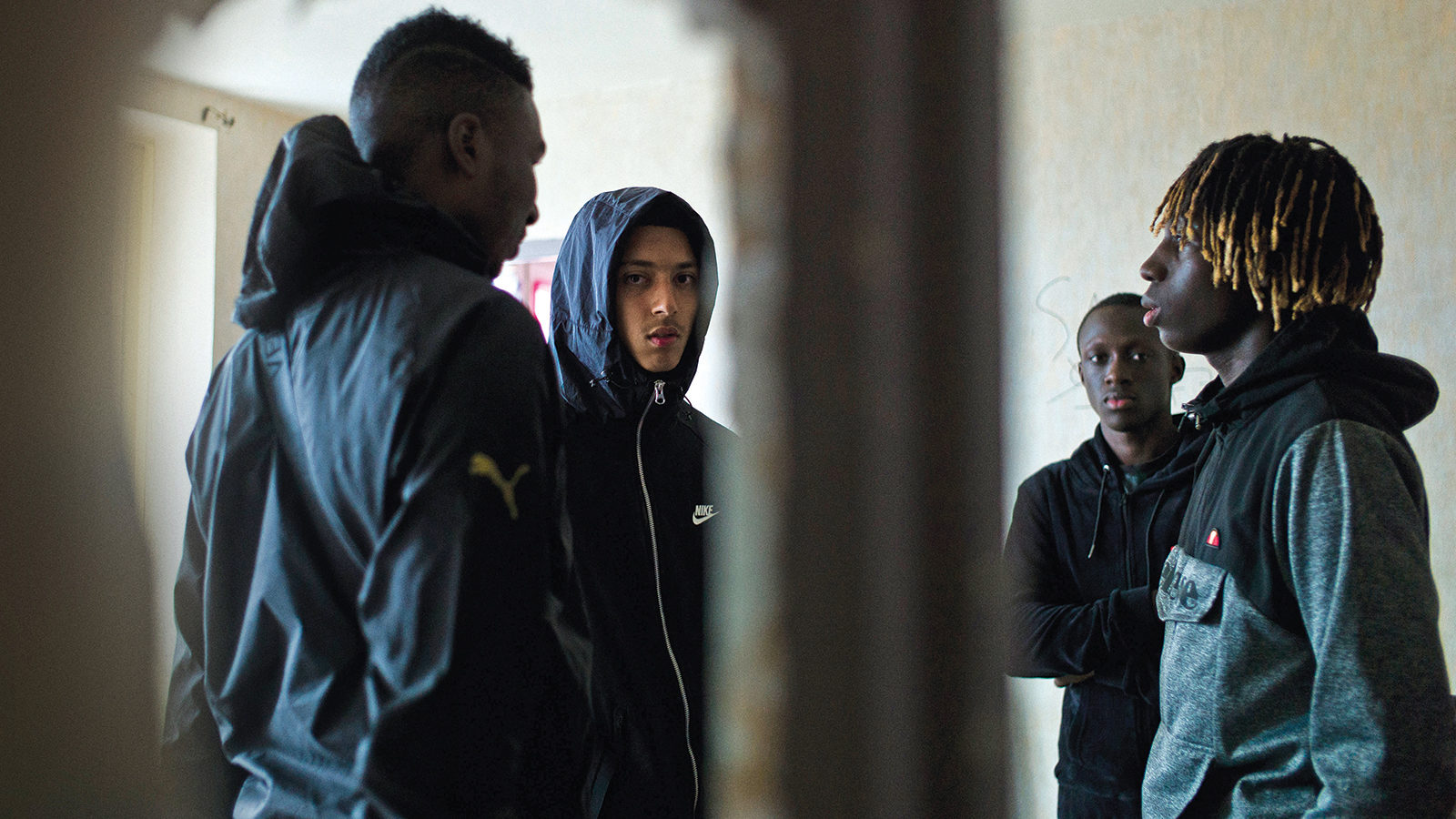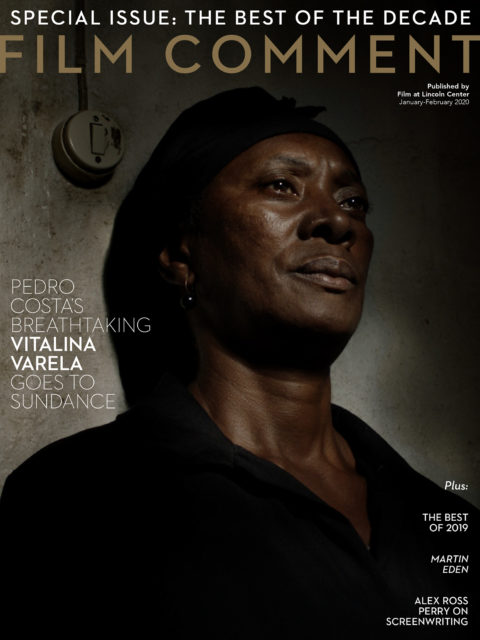By A.G. Sims in the January-February 2020 Issue

Short Takes: Les Misérables
(Ladj Ly, France, Amazon Studios, Opening: January 10)
The kids are not all right in Ladj Ly’s Les Misérables. The French director’s first narrative feature takes as its subject the lives of several black and brown children clowning around in Paris’s infamously destitute Montfermeil banlieues, a collection of alien, sand-colored towers ruled by bullish police officers.

From the January-February 2020 Issue
Also in this issue
Though the film bears traces of Mathieu Kassovitz’s La Haine (1995) and Spike Lee’s Do the Right Thing (1989), Les Misérables shares more in spirit with Malik Chibane’s Hexagone (1994), shading the lives of France’s working class with fresh dimensions and beauty. Between scenes of harrowing violence, Ly lingers on fleeting moments of pure, unadulterated joy experienced by the children, granting them a radical visibility—and also delaying the narrative-propelling action just a beat too long in the process. After a pivotal altercation, however, the heat ratchets skyward to a heart-stopping finish.
Ly’s scenes of revelry are brutally interrupted by a trio of local cops who are charged with making sure things stay below a boil in Montfermeil. Stéphane Ruiz (Damien Bonnard), a green transfer from the countryside, is new to the intricate dynamics of the neighborhood and suspicious of the cowboy antics of his companions, who patrol the town like they’re in an episode of Laramie—shooting (tear gas, flash-bangs) from the hip. Ly brings the narrative to its logical conclusion, which functions less as a wake-up call than a somber reminder that in one of France’s hardest locales, things haven’t changed much.—A. G. Sims







